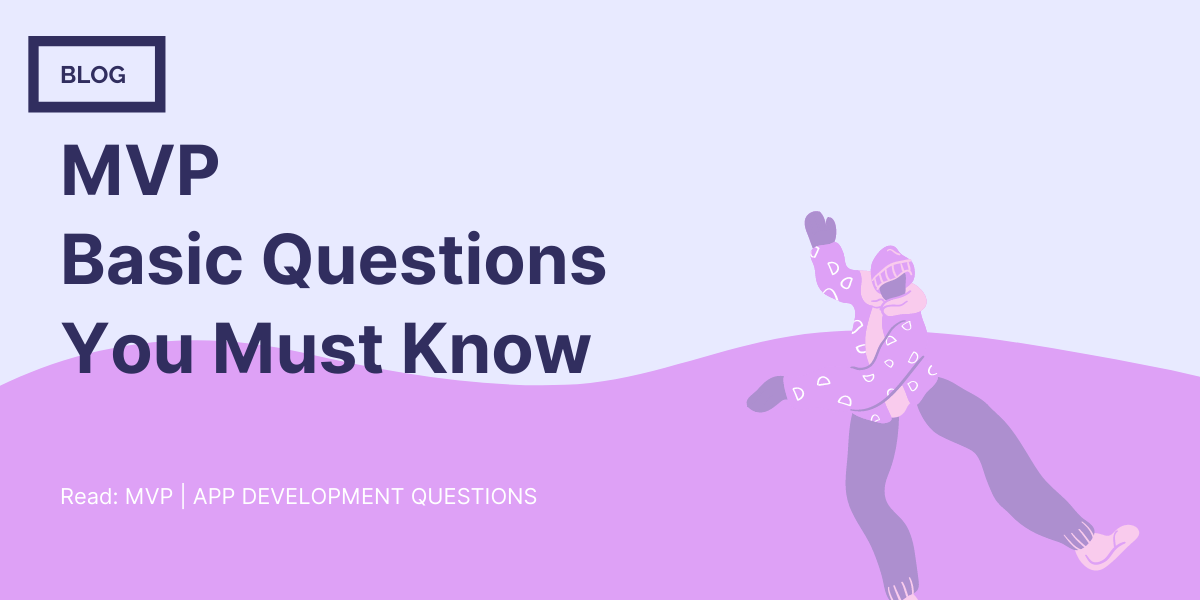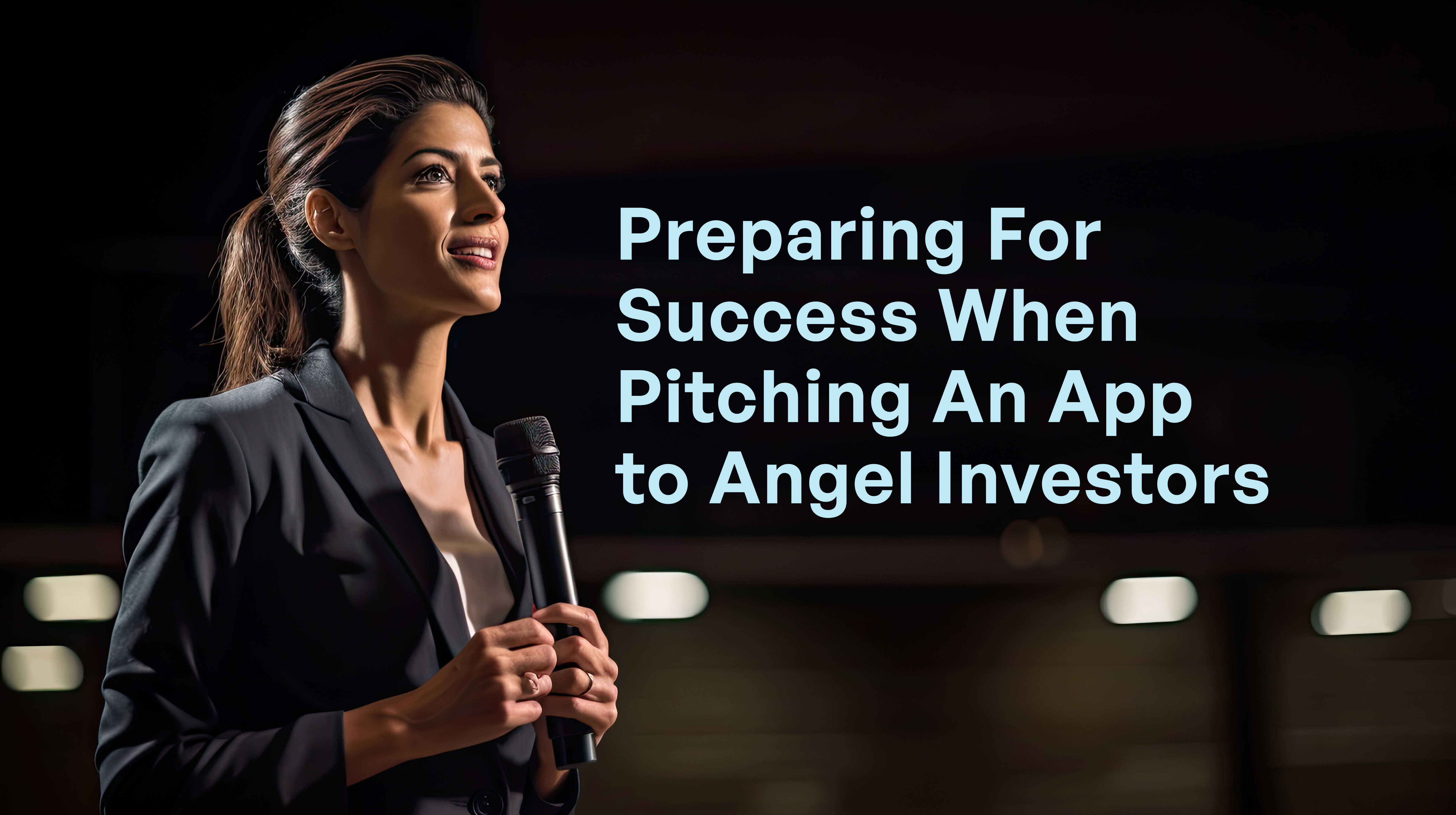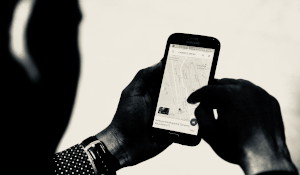MVP | Questions to Guide Your Next Tech Entrepreneurship Project

Great ideas are just that: ideas. The difficulty comes when you try to create a product equally as amazing as your initial thought. The steps outlined in our IDEA Workbook are meant to actualize your ideas. The Inquire phase is the first — and arguably the most important (!) — phase in making ideas happen.
To produce a brilliant, foolproof idea we need to begin with a few basic questions. These questions not only help flesh out the details of an initial idea, getting you started on creating a structurally sound blueprint, but they also give you a better idea of your final product and the steps you’ll need to take to get from here to there!
Since this is the first step, it isn’t necessary to solidify every detail of the finished product — that comes later on in the IDEA process! You just want to ask questions that help you form a clearer picture of your application, your desired features, and your overall budget.
This is when you want to take the time to fully explore your idea and play with your initial wants and wishes. What is its purpose? What problem does it solve? How does it accomplish this? Don’t be afraid to get specific. Spending the time upfront to consider these details is going to save you time later on down the road. When you think through your idea at the beginning, you have the opportunity to recognize any potential issues and pitfalls early on. This gives you and your development team plenty of time to create sophisticated, thoughtful solutions to problems that might appear down the road.
Consider what features you want to implement in order to produce your idea. The sooner you know what concrete features you want, the sooner you can begin polishing and refining them. These features can be anything from a generic Facebook login feature to something custom and totally unique to your application!
You also want to consider how much money you’re willing to invest to realize your idea. Although this may be considerably less fun than the creative steps, determining a budget for your application makes just as much of an impact on the final product as imagining its features and working through details! The fact of the matter is that developers can only develop as far as the budget allows them to. Budgets determine how much time and effort will be allotted to a project, and the amount of time and effort allotted determines how functional and unique it's going to be. Simply put, cooler, custom features cost more money.
It usually takes $10,000-$50,000 to develop a Minimum Viable Product (M.V.P.). This is going to be a stripped-down version of your product that only consists of the minimum features needed to make it work. If you know you want to continue development after creating the M.V.P., take this into consideration when setting your budget.
Put the same amount of thought into how much of your budget you’re willing to allocate for marketing your product. Nowadays, a strong marketing plan is the only way an application can attract users. You could have the most amazing application ever, but people are not going to use it if they never hear about it! Marketing will help get your name out there and get people excited about what you’ve created.
After answering these questions, you should have a general understanding of what your application does, some of its features, and how much you’re willing to invest in its development.
.png?width=400&height=79&name=SilverLogic_LOGO_TAGLINE_Vect%20(1).png)


